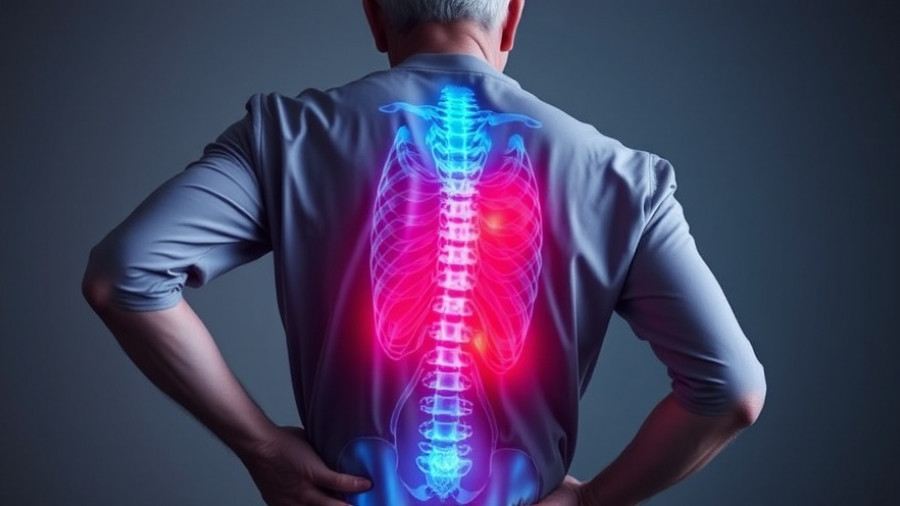
Chiropractic Care: A Game Changer in Combating Opioid Addiction
Amid the ongoing opioid crisis, a remarkable study conducted by University Hospitals Connor Whole Health showcases the significant benefits of chiropractic care for patients suffering from low back pain. According to research published in Health Science Reports, those who opted for spinal manipulative therapy as their first line of treatment were shown to have an astonishing 80% lower likelihood of developing an opioid use disorder compared to individuals who turned to traditional pharmaceuticals like ibuprofen.
The study, which followed over 49,000 patients from 2015 to 2025, found that only 0.24% of patients receiving chiropractic care were diagnosed with opioid use disorder, a stark contrast to 1.5% among those who used ibuprofen. This groundbreaking research emphasizes the crucial role chiropractors can play in addressing pain and potentially curbing the rise of addiction linked to opioid prescriptions.
Understanding the Study: Methodology and Findings
The research team, led by Dr. Robert Trager, director of chiropractic medicine at UH Connor Whole Health, analyzed data using a robust statistical technique known as propensity score matching. This method was employed to ensure both cohorts were comparable across variables such as demographics, mental health history, and substance use patterns. The results illustrated not only a lower occurrence of opioid use disorder but also a marked decrease in long-term opioid prescriptions among chiropractic patients, suggesting a proactive approach to pain management.
Implications for Healthcare: A Paradigm Shift
Given the escalating rates of opioid addiction, transitioning to non-pharmacological treatment options like chiropractic care can radically reshape pain management practices. Historically, patients experiencing low back pain have often followed the path of least resistance, turning to pain medications that can lead to dependency. The findings from this study advocate a reconsideration of patient care models, encouraging healthcare providers to present spinal manipulative therapy as a viable first-line alternative.
The Need for Continued Research and Awareness
While these findings are immensely promising, it is crucial to delve deeper through further research to clarify the specific elements of chiropractic care that contribute to these success rates. Factors such as the therapeutic relationship between practitioner and patient, alongside the inherent nature of chiropractic techniques, warrant thorough examination. Additional studies may help refine how the medical community perceives and utilizes non-pharmacological interventions as treatments for common pain conditions.
Chiropractic Impacts: Looking Ahead
As the healthcare landscape evolves, the integration of chiropractic care into mainstream medical practices could represent not just an alternative treatment modality, but a necessary pivot to effectively combat the opioid epidemic. Patients should be encouraged to explore chiropractic options by healthcare providers to enhance outcomes not only in regard to pain reduction but also in the fight against addiction. The evidence is clear: embracing diverse approaches to pain management could safeguard against dependency on opioids and promote healthier, more sustainable solutions.
In light of these findings, it is essential for patients and healthcare professionals alike to recognize the value of chiropractic therapy, positioning it not just as an alternative but as a crucial component of comprehensive pain management plans in the modern healthcare environment. An informed approach to treatment could ultimately play a vital role in reducing opioid prescriptions and fostering a healthier society.
 Add Row
Add Row  Add
Add 




Write A Comment